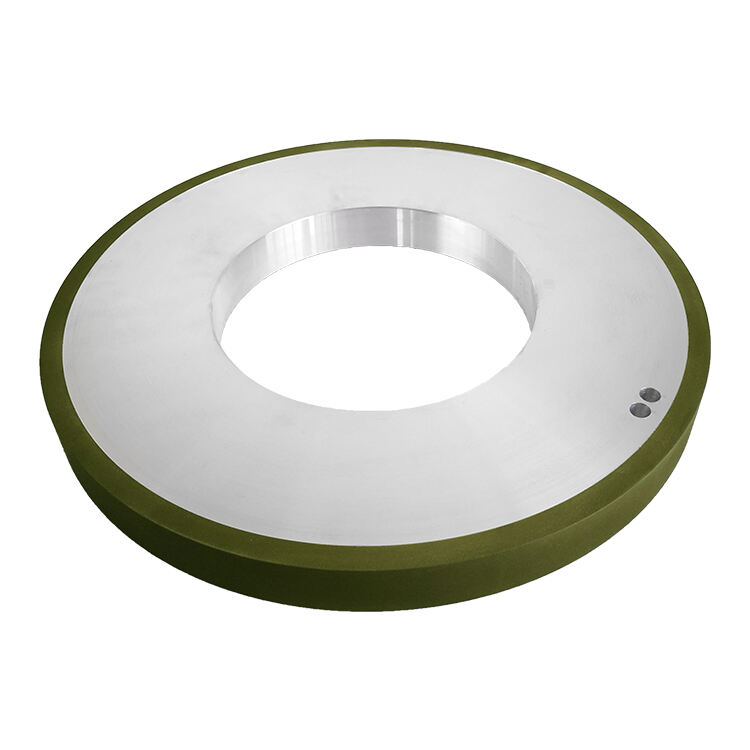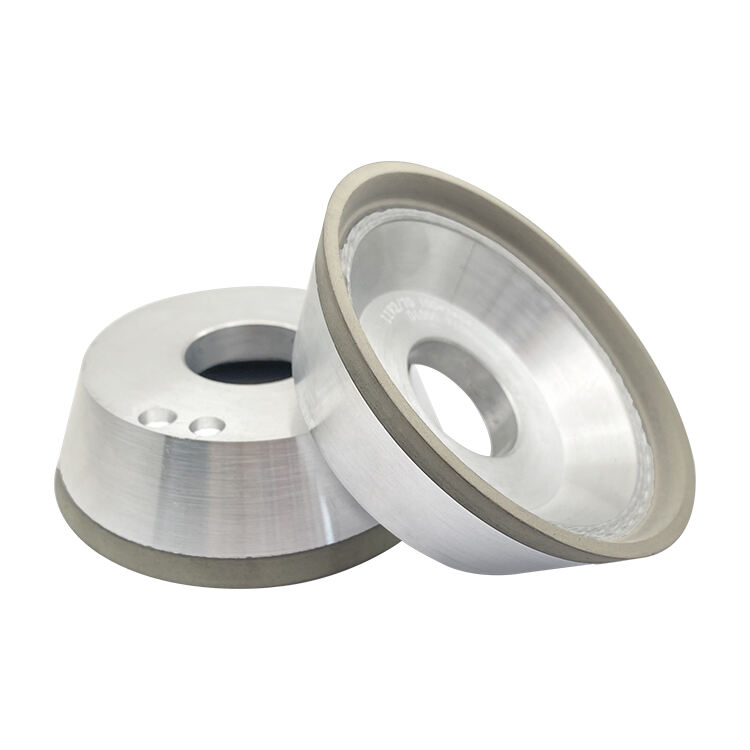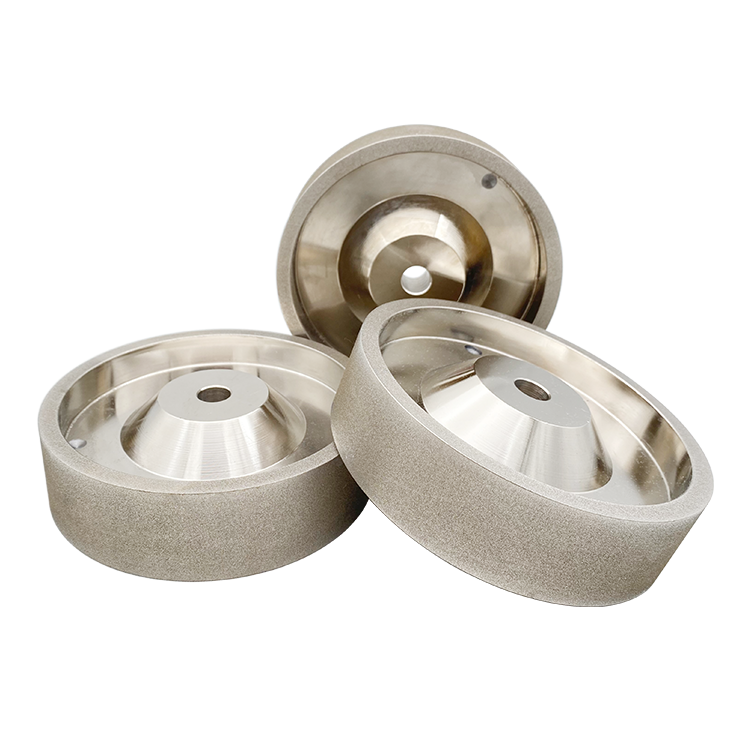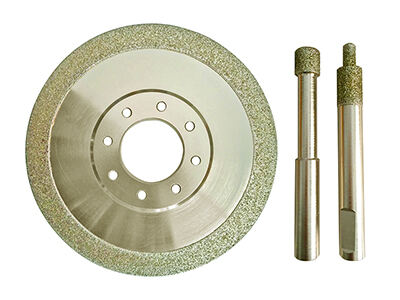
Among the myriad factors influencing a wheel's performance, hardness reigns supreme. As per our in - house research at Zhengzhou Ruizuan Diamond Tools, 35% of the overall process yield in grinding applications is directly attributable to the correct selection of diamond wheel hardness. Incorrect hardness can lead to a plethora of issues, from reduced material removal rates to increased tool wear, ultimately escalating production costs.
Choosing the correct hardness of a diamond grinding wheel is essential for achieving optimal grinding performance, efficiency, and longevity. The hardness of a grinding wheel refers to the bond's ability to retain the abrasive grains. Selecting the appropriate hardness ensures consistent cutting ability, reduced wear, and improved productivity.
Understanding Diamond Grinding Wheel Hardness
The hardness of a grinding wheel is determined by the strength of the bond holding the diamond or CBN (cubic boron nitride) abrasives in place. It is classified from soft to hard:
Soft bond: Releases abrasive grains quickly, ideal for grinding hard materials.
Medium bond: Balances wear resistance and cutting ability for general applications.
Hard bond: Holds abrasives longer, suitable for grinding softer materials.




The 3 - Step Blueprint for Selecting Diamond Wheel Hardness
Step 1: Material Hardness Alignment
The fundamental rule of thumb is a 1:3 ratio between material hardness and wheel hardness.
Soft Materials: For materials like aluminum, copper, or steels with a hardness less than HRC 30, softer grades such as K - L are recommended. For instance, our resin - bonded diamond wheels, when used on HRC 25 aluminum, can achieve a material removal rate of 0.15mm/min with a surface roughness of Ra 0.8μm.
Hard Materials: When dealing with tough materials like silicon carbide (SiC), titanium, or high - carbon steels (HRC 50+), medium - hard to hard grades (N - P) are essential to prevent premature grit pull - out. Our metal - bonded wheels, featuring the patented DuraBond™ technology (CN118950342B), exhibit double the grit retention capacity during SiC grinding.
Step 2: Grinding Stage Considerations
|
Step 3: Bond Type and Hardness Compatibility
Metal Bond: Sintered or electroplated metal bonds, with a natural hardness in the range of HRA 85 - 90, require a diamond wheel that is one grade softer than resin - bonded wheels.
Resin Bond: Due to their porous structure, resin - bonded wheels need to be one hardness grade higher than metal - bonded wheels to maintain their shape.
At Zhengzhou Ruizuan Diamond Tools, we specialize in manufacturing a diverse range of diamond grinding wheels tailored to various industries.
Our product portfolio includes:
Semiconductor - Specific Wheels: Engineered for ultra - precision wafer grinding, with hardness grades optimized for materials like silicon, SiC, and GaN.
Aerospace - Grade Wheels: Designed to withstand the rigors of grinding high - strength alloys, ensuring maximum tool life and precision.
Automotive - Oriented Wheels: Ideal for grinding engine components, brake discs, etc., offering high material removal rates without compromising on surface finish.
Selecting the right hardness for diamond grinding wheels is not a matter of guesswork but a science. At Ruizuan, with 17 years of expertise in material science and the integration of AI - driven hardness modeling, we deliver diamond grinding wheels that not only meet but exceed industry standards. Our wheels are engineered to cut costs, minimize defects, and outperform competitors by a factor of 1.8.
Ready to optimize your grinding process? Start Your Custom Wheel Quote!
Copyright © Zhengzhou Ruizuan Diamond Tool Co.,Ltd. All Rights Reserved — Privacy Policy